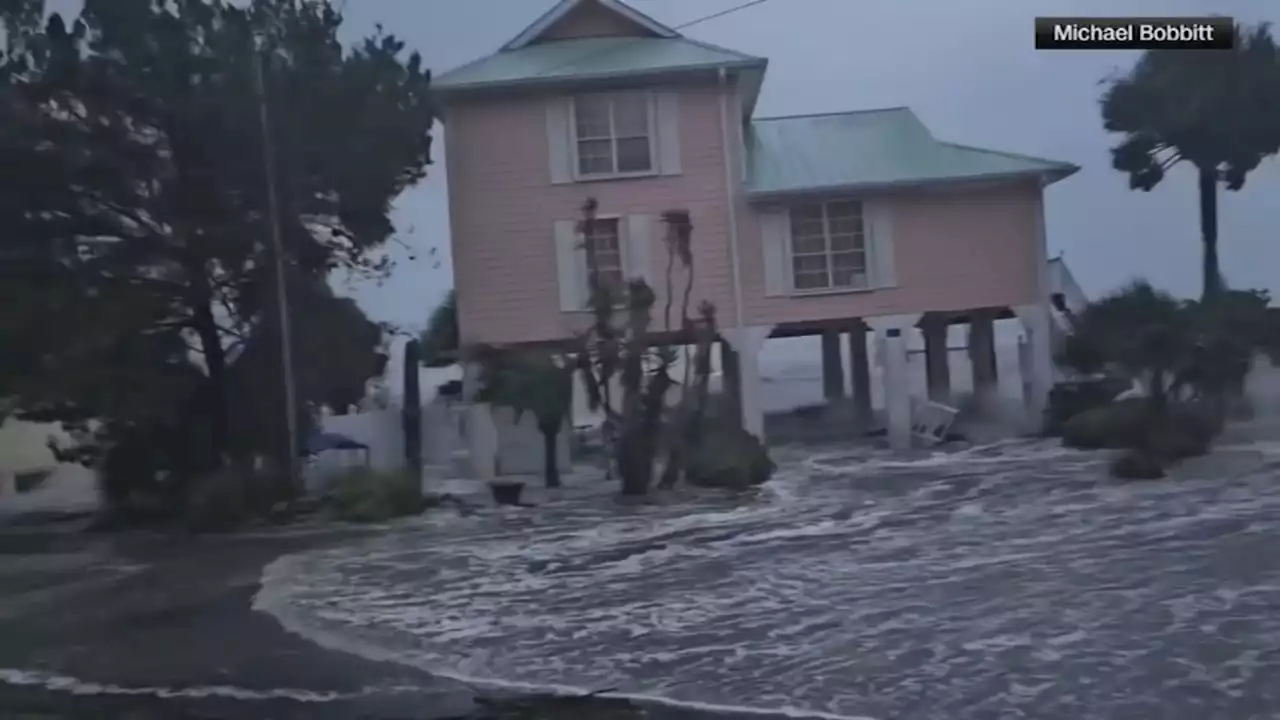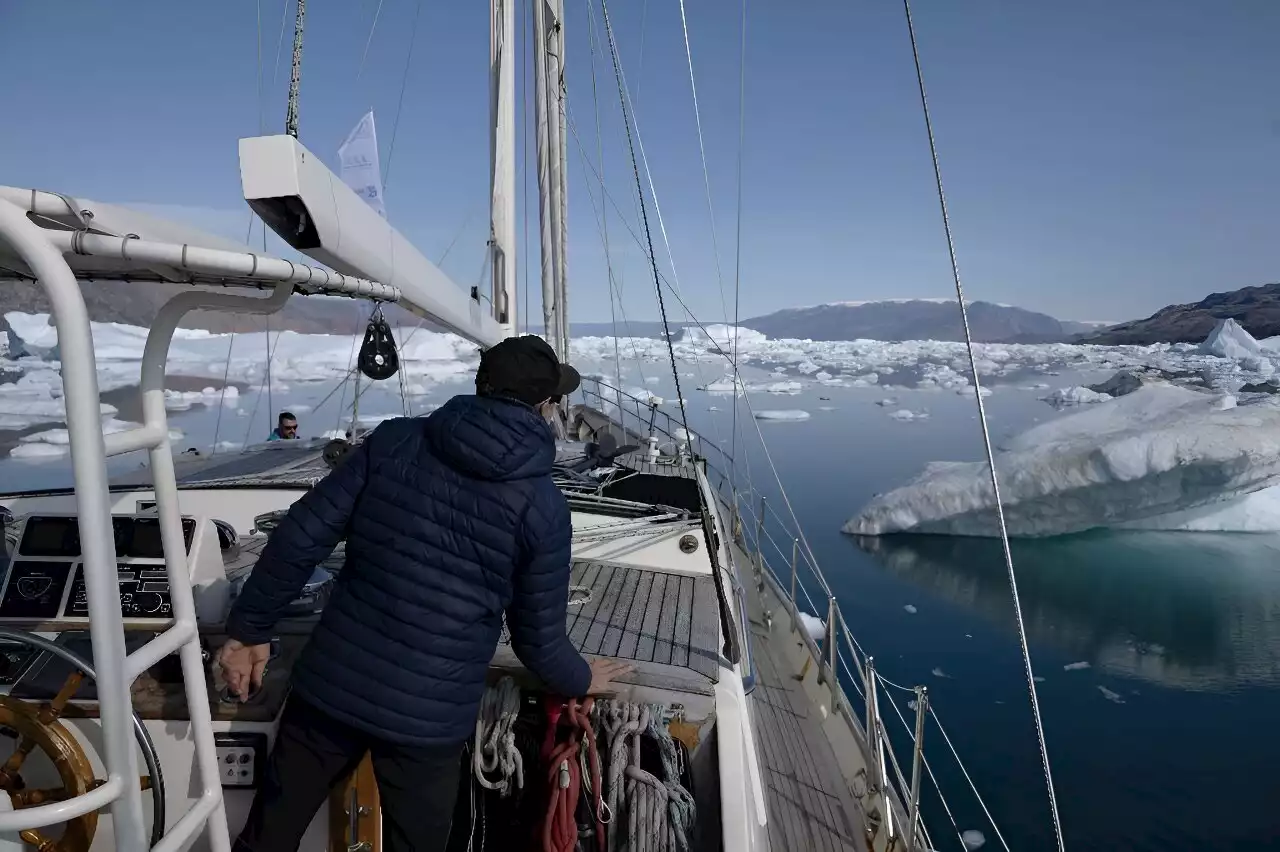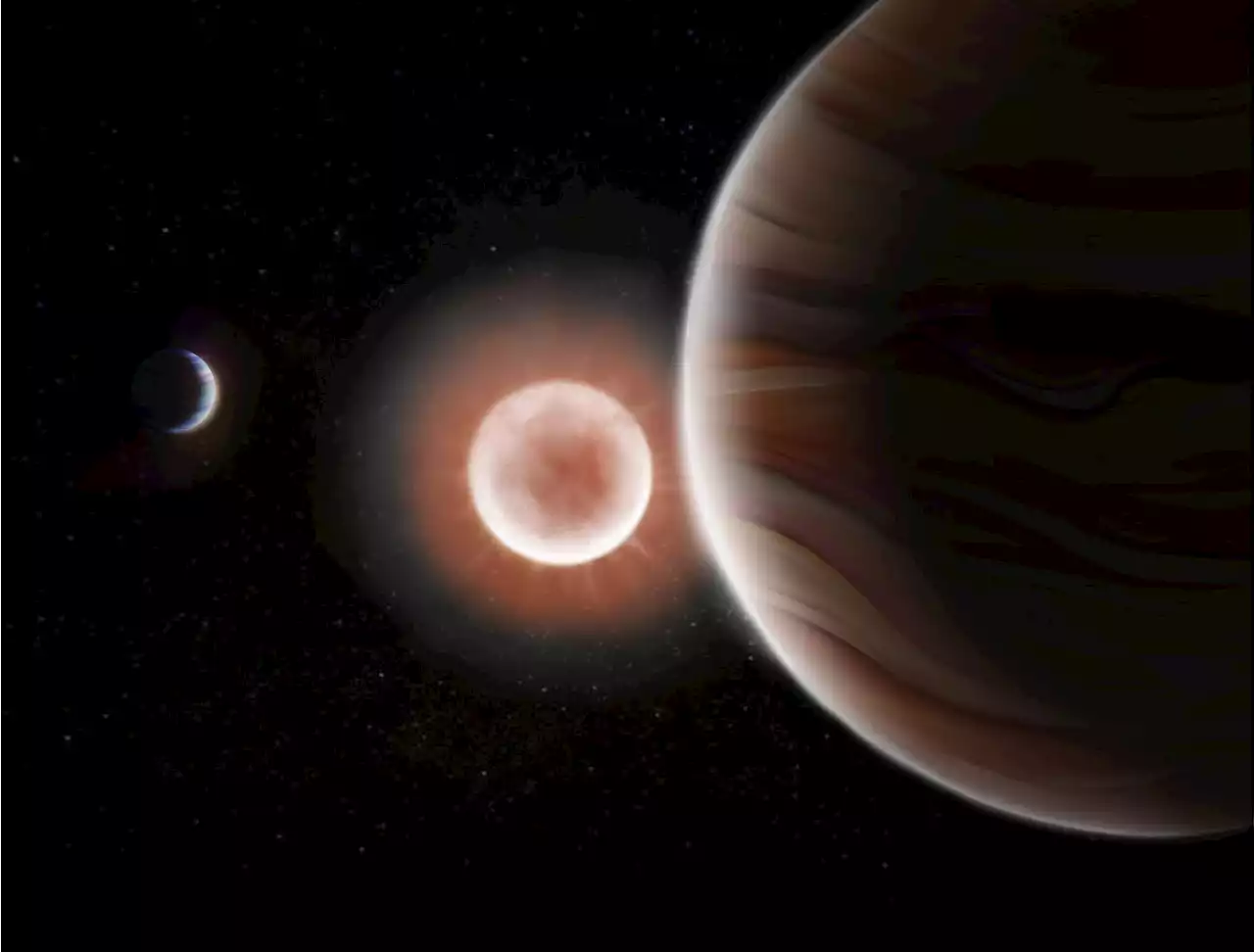Scientists from The University of New Mexico (UNM), and Massachusetts Institute of Technology (MIT) have detected and validated two of the longest-period exoplanets found by TESS to date. These long period large exoplanets orbit a K dwarf star and belong to a class of planets known as warm Jupiters, which have orbital periods of 10–200 days and are at least six times Earth's radius. This recent discovery offers exciting research opportunities for the future of finding long-period planets that resemble those in our own solar system.
orbiting an early K dwarf" will be published in a future issue ofThe exoplanets, TOI-4600 b and c, were detected using photometric data from the Transiting Exoplanet Survey Satellite and followed up with observations using the telescopes on the ground since they provide better resolution.
The University of New Mexico's Ismael Mireles, the lead author of the paper, along with collaborators including Diana Dragomir, an assistant professor in UNM's Department of Physics and Astronomy, and collaborators from Massachusetts Institute of Technology and University of Bern, analyzed the data in order to measure the periods and sizes of these planets.
"When we got the measurements, we were seeing very little movement in the target star. So when you start, you could be responsible for what we were seeing. Those two things together pretty much ruled it out. At that point we were sure that we had two planets," Mireles stated. "Once you have two transits, you have an idea of what the periods can be. It could be the 965 days separating them, half of that, a third, a quarter, etc. The shorter periods could be ruled out because TESS had observed the star for a long time, so it only left two periods: 965 days or half of that," explained Mireles.
"The main thing is trying to uncover more about planet formation because based on what we know about the exoplanets we found, so far, nothing really looks like the solar system. The interesting thing is that we want to learn about this planet formation. We have over 5,000 exoplanets now, but none of these systems really look like the solar system. And so we want to find out how these different types of systems formed and migrated," Mireles said.
United States Latest News, United States Headlines
Similar News:You can also read news stories similar to this one that we have collected from other news sources.
 Students from Pennsylvania studying in Florida ride out Hurricane Idalia as it moves up coastClasses at Florida State University and nearby Florida A&M University (FAMU) have been canceled through Friday.
Students from Pennsylvania studying in Florida ride out Hurricane Idalia as it moves up coastClasses at Florida State University and nearby Florida A&M University (FAMU) have been canceled through Friday.
Read more »
 Dense Neptune-sized exoplanet discovered with TESSUsing NASA's Transiting Exoplanet Survey Satellite (TESS), an international team of astronomers has discovered a new massive and dense exoplanet. The newfound alien world, designated TOI-332 b, is one of the densest Neptune-sized planets known to date. The finding is reported in a paper published August 23 on the pre-print server arXiv.
Dense Neptune-sized exoplanet discovered with TESSUsing NASA's Transiting Exoplanet Survey Satellite (TESS), an international team of astronomers has discovered a new massive and dense exoplanet. The newfound alien world, designated TOI-332 b, is one of the densest Neptune-sized planets known to date. The finding is reported in a paper published August 23 on the pre-print server arXiv.
Read more »
 ‘Nearly half' of University of San Diego's football team facing discipline for hazingIn a statement from USD, the school said it has a “zero-tolerance policy” on hazing.
‘Nearly half' of University of San Diego's football team facing discipline for hazingIn a statement from USD, the school said it has a “zero-tolerance policy” on hazing.
Read more »
 Scientists voyage to Greenland's melting sanctuaryWith rugged red mountains rising on either side, a sailboat carrying scientists deftly snakes between icebergs brimming Greenland's Scoresby Fjord, as they rush to document this understudied region on the frontline of climate change.
Scientists voyage to Greenland's melting sanctuaryWith rugged red mountains rising on either side, a sailboat carrying scientists deftly snakes between icebergs brimming Greenland's Scoresby Fjord, as they rush to document this understudied region on the frontline of climate change.
Read more »
 Federal judge dismisses University of Wyoming students' lawsuit against trans sorority memberA federal judge ruled against University of Wyoming sorority members’ lawsuit against the school for allowing a transgender student to join their organization.
Federal judge dismisses University of Wyoming students' lawsuit against trans sorority memberA federal judge ruled against University of Wyoming sorority members’ lawsuit against the school for allowing a transgender student to join their organization.
Read more »
 Superconduction Breakthrough: Scientists Discover New State of Quantum MatterResearchers from Cornell University have identified a new state of matter in candidate topological superconductors, a discovery that may have far-reaching implications for both condensed matter physics and the fields of quantum computing and spintronics. Researchers at the Macroscopic Quantum Mat
Superconduction Breakthrough: Scientists Discover New State of Quantum MatterResearchers from Cornell University have identified a new state of matter in candidate topological superconductors, a discovery that may have far-reaching implications for both condensed matter physics and the fields of quantum computing and spintronics. Researchers at the Macroscopic Quantum Mat
Read more »
